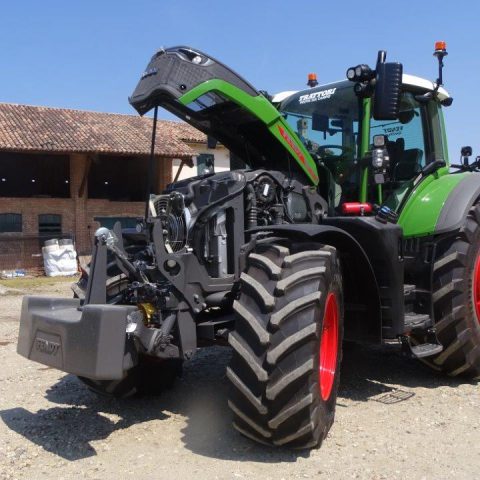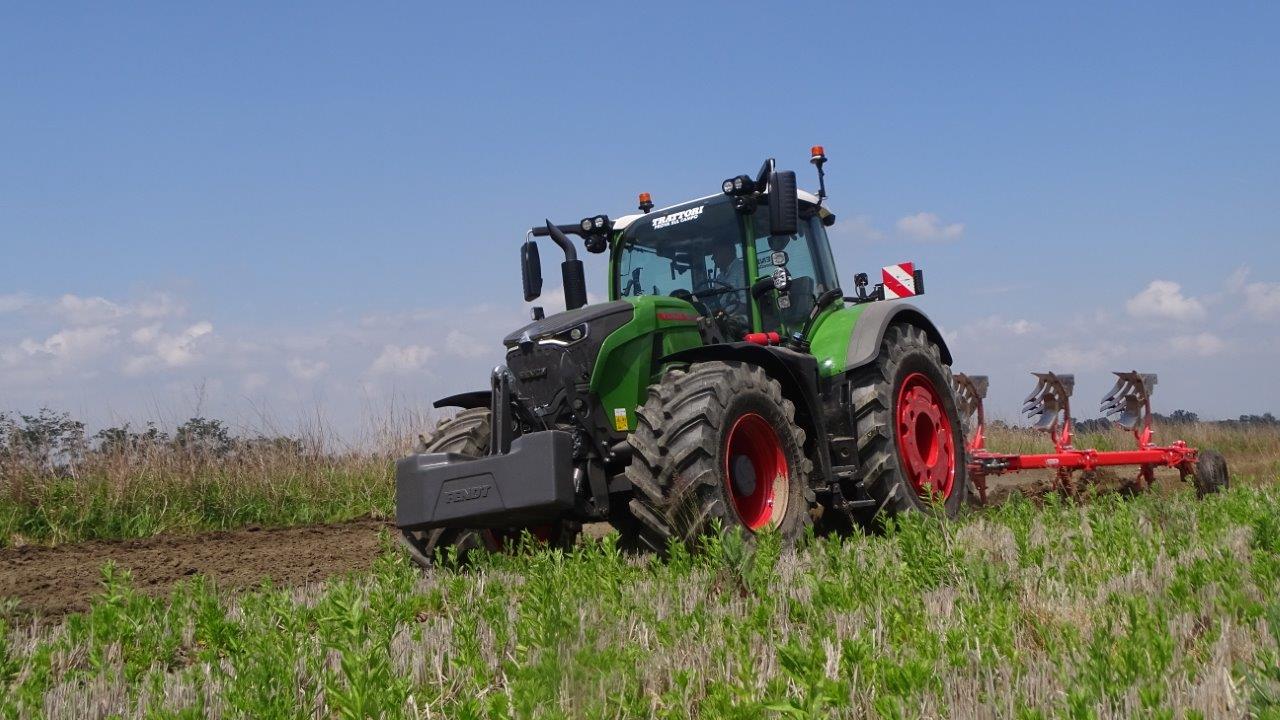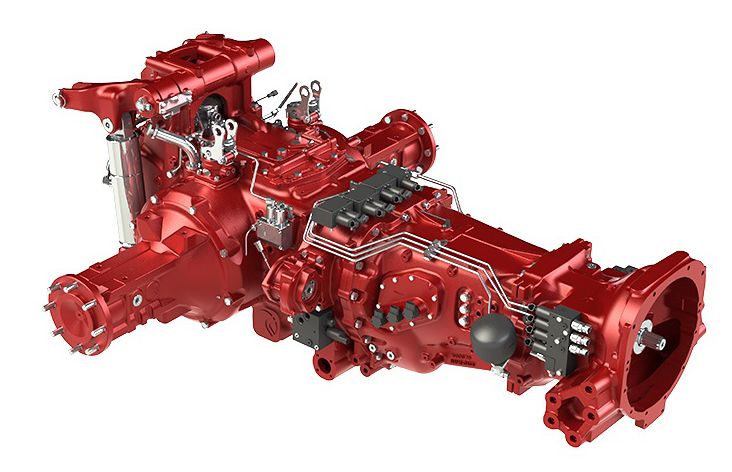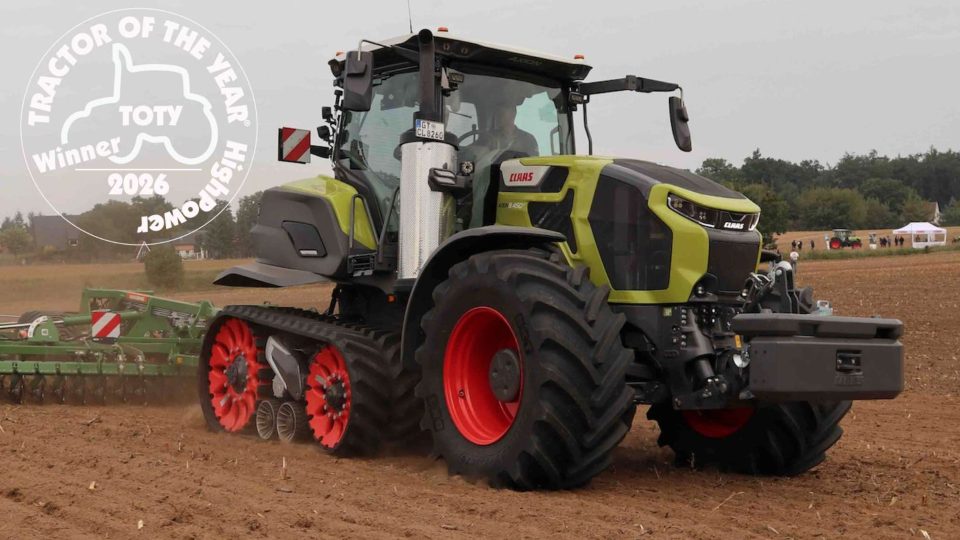Fendt and the Core75 to the field test
We put the Core75 through its paces at the Fendt Vario 728's place of work, a farm. Very satisfying consumption figures

The AGCO Power Core75 was specifically designed for the Fendt 728 Vario. An agricultural architecture and scenery, therefore, as suits the captive use of the parent company, despite the fact that the first stop on its audience world tour was bauma Munich, the second, in Nevada, was the Conexpo, due to international trade fair calendar issues. A comparison of engines of the same size is just a click away: AROUND 7.5 LITERS DIESEL ENGINES
Fendt 728 Vario powetrain, Core75 and VarioDrive
Properly sized, the transmission is the same as the one first introduced on the 1000 series, namely Variodrive, which features variable four-wheel drive, in which torque is distributed between the two axles independently via two drive circuits. This improves traction and tractor stability in difficult or steep terrain as the torque automatically shifts to the axle that has the most grip. The four-wheel drive engages and disengages automatically, so the operator does not have to worry about anything. In transport, when reaching 25 kilometres per hour, the front axle motor is automatically disengaged, preventing drag losses.
The truth about consumption
With a displacement of 7.5 litres, it works according to the Fendt iD low-rev concept, developing a maximum torque of 1,450 Nm at 1300 rpm and 208 kW at 1700 rpm. This power is increased to 223 kW by DynamicPerformance, a surplus of power that is made available to the tractor to meet the demands of the various auxiliary devices (fan, air-conditioning, etc.) during work and in any situation, regardless of forward speed, whether the PTO is activated or not, and even when the tractor is stationary. The engine’s performance is also guaranteed by the efficient cooling system, which uses a concentric fan with an independent hydrostatic transmission that conveys air to the radiators by pushing it from the front. The cooler air is tighter and therefore contains more oxygen, improving combustion efficiency. With up to 40% less drive power than a standard fan, it is also more efficient and saves fuel. Fuel consumption is precisely one of the strengths of this new engine, which is truly outstanding according to AGCO Power’s statement (here we use the gr/hp parameter and not gr/kWh): just 138 gr/hph. In the field with a Maschio Unico four-row plough, working at a depth of 30 cm and a speed of 10 km/h, the consumption measured was 40 l/h of diesel and 3 of AdBlue.
Completing the X-ray…
When turning, by overdriving the front wheel drive, the wheels with both drive and steering functions actively pull the tractor along, increasing steering capacity. The operating logic remains the same as on all Fendt tractors, with the multifunction lever controlling acceleration and forward speed, cruise control and reversing as usual, but the speed varies continuously from 20 m/h to 50 km/h without any range changes. Maximum speed is reached at 1200 rpm. The load-sensing closed-centre hydraulic system has a standard 165-litre per minute pump, or 220 as in the tractor under test, and a 46-litre per minute pump for steering. As always on Fendt, the transmission oil is separated from the hydraulic oil to avoid impurities and, as in this case, completely leak-free flat-face couplings (FFC) can be fitted on the left block and standard couplings on the right. The circuit offers five rear and two front couplings. The rear linkage has a maximum capacity of 11,050 kg, and is equipped with active vibration damping for safer road travel with implements, minimising kickback and skidding. The front power lift has a maximum lifting force of 5,300 kg with position adjustment and active pressure modulation. The PTO has four electro-hydraulically pre-selectable speeds that can be automatically activated or deactivated in predefined lift positions.
FENDT 728 VARIO IS THE TRACTOR OF THE YEAR 2023












